This week on Satsang Conversations, we traveled virtually to the serene BAPS Mandir in Johannesburg, South Africa. Joined by Pujya Snehmuni Swami and Pujya Adarshmuni Swami, the discussion centered on a profound section of the Vachanamrut: Gadhada Section 1, Number 78. This Vachanamrut tackles a fundamental question about the forces that shape our lives: what holds more sway – our past actions (karma) or our present circumstances and choices?
Maharaj’s Pivotal Question: Past Karma vs. Present Factors
Shriji Maharaj, in his characteristic way of sparking deep thought, posed a question to the assembled swamis and devotees: Which influences our lives more significantly – thekarmas we’ve accumulated over countless past lives, or the factors present in our current life?
This question delves into the core of Hindu philosophy regarding action and consequence. While acknowledging that our past karmas undoubtedly shape our present circumstances (our birth, family, inherent tendencies), Maharaj redirects the focus. He introduces eight key factors operating in the present over which we have a degree of control:
Desh: The place or environment we are in.
Kaal: Time – encompassing our age, the time of day, or the era we live in.
Kriya: Our present actions – the karma we are creating right now.
Sang: Company or association – the people, media, and influences we surround ourselves with.
Mantra: The words we chant, repeat, or focus on.
Shastra: The scriptures or knowledge we read and absorb.
Diksha: The initiation and guidance received from our Guru.
Dhyan: Our focus, meditation, and what we constantly contemplate.
Escaping the Victim Mentality: The Power of Choice
The discussion highlighted how easy it is to feel like a “victim of circumstance,”attributing all hardships and limitations to unknowable past karmas, much like Bhishma Pitamaha wondering about the cause of his suffering despite a pious life. However, Maharaj’s teaching in this Vachanamrut is incredibly empowering. He essentially tells us: while you cannot change the past or the hand you’ve been dealt, you can choose how you play those cards now.
Instead of resigning ourselves to fate, we are encouraged to actively take the reins of our lives by consciously managing these eight present factors. This shifts the perspective from helplessness to agency. The example of Dhritarashtra from the Mahabharat serves as a cautionary tale – clinging to a victim mentality despite wise counsel led to suffering. Conversely, the Pandavas, despite facing immense hardship (a difficult hand dealt bykarma), actively sought positive sang (like Bhagwan Krishna) and applied the knowledge they received, ultimately enabling them to overcome their challenges.
The Supreme Influence: The Power of Sang
Among the eight factors, Maharaj emphasizes Sang (association) as particularly potent. As the saying goes, “Jevo sang evo rang” – we become colored by the company we keep. This isn’t limited to physical proximity. In our modern world, sang extends powerfully to:
Social Media: Influencers, online communities, and the content we consume.
Media: News, television shows, books, music.
Technology: The apps we use, the notifications we allow.
This constant influx requires greater vigilance. We must consciously choose associations – both people and influences – that align with our values and spiritual goals. This includes seeking positive qualities even in those outside our immediate Satsang circle, as exemplified by a friend reminding another of their dietary niyams.
Navigating the World: Antardrashti and Mahima
Living a spiritual life doesn’t mean withdrawing from the world. We interact with diverse people and environments daily. The key lies in Antardrashti (introspection) and maintaining the right perspective.
Antardrashti: This involves honestly assessing ourselves – our strengths, weaknesses, and how different factors influence us. It requires humility to accept that we are influenced. It’s not just passive reflection but leads to practical action: “What steps can I take now to strengthen my positive influences and mitigate negative ones?” Looking towards the Satpurush and ideal devotees provides a benchmark for this self-assessment.
Mahima (Seeing Greatness): When encountering flaws in others (or ourselves), the path isn’t judgment (abhav-avgun), but seeing mahima. Maharaj explains in Vachanamrut Gadhada 1-24 that merely being present in Satsang signifies immense past spiritual merit (punya). Like an ant meticulously finding sugar amidst sand, we must train ourselves to focus on the inherent divinity and positive qualities in everyone, understanding their connection (sambandh) to Bhagwan and the Satpurush. Satsang is a hospital; everyone is here to heal. Focus on your own recovery while maintaining respect and goodwill towards others.
Living Satsang Practically Today
The conversation offered practical ways to apply these principles:
Be Deliberate: Consciously choose positive inputs – read scriptures, listen to katha, engage with Guruhari Darshan videos, associate with inspiring individuals.
Find Your Ang (Passion) in Seva: Align your skills and interests with service opportunities within the Satsang Mandal. Seva shouldn’t feel like a chore but an extension of your strengths offered to Bhagwan.
Innovate: Find creative ways to maintain niyams and spiritual practices within your daily life, work, and travels, as exemplified by devotees like Mrunalbhai making khichdi on a portable stove while traveling.
Build Confidence: Clarity about your identity (“I am Atma, I am Swami’s devotee”) fosters confidence to uphold values even in challenging social situations.
Use Your Personal Boardroom: Identify mentors and positive influences you can turn to for guidance and encouragement during difficult times.
Increase Positive Exposure: Proactively increase the quantity and quality of positive sangin your life to build resilience against negativity.
Conclusion: You Hold the Steering Wheel
Vachanamrut Gadhada 1-78 delivers a powerful message of hope and empowerment. While past karma sets the stage, our present choices, particularly our associations (sang), determine the direction of our lives. By practicing antardrashti, cultivating mahima-drasti, consciously choosing positive influences, and leveraging the support of the Satpurush and Satsang, we can navigate the complexities of life, overcome challenges, and steer ourselves firmly towards our spiritual goal. The ball is truly in our court.
Vachanamrut Gadhada Section 1 – 78: https://anirdesh.com/vachanamrut/index.php?format=en&vachno=78
Vachanamrut Study Application: thesatsanglife.com/vachanamrut
Location: BAPS Hindu Mandir, Johannesburg (https://maps.app.goo.gl/hTcg7LUS1YDacuqt8)
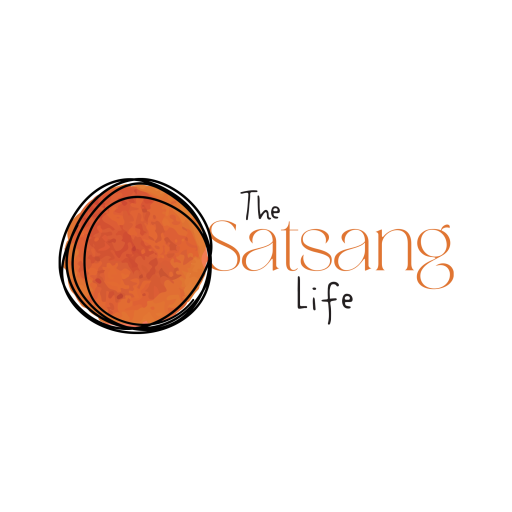





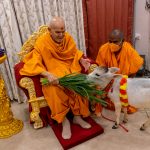
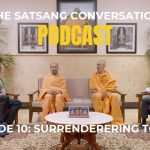
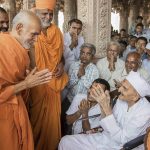


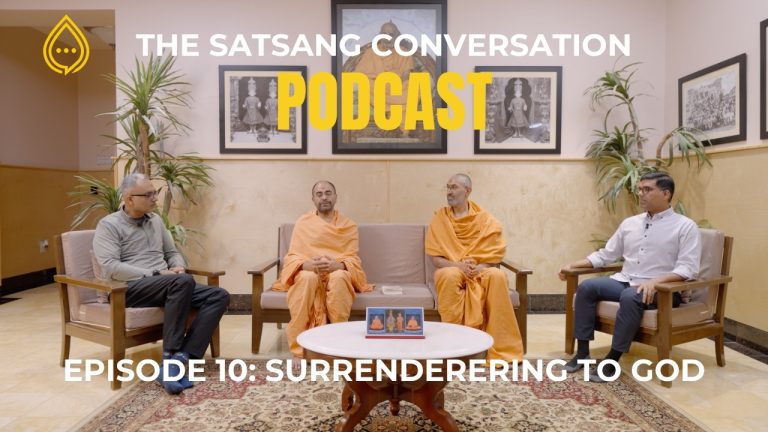


+ There are no comments
Add yours